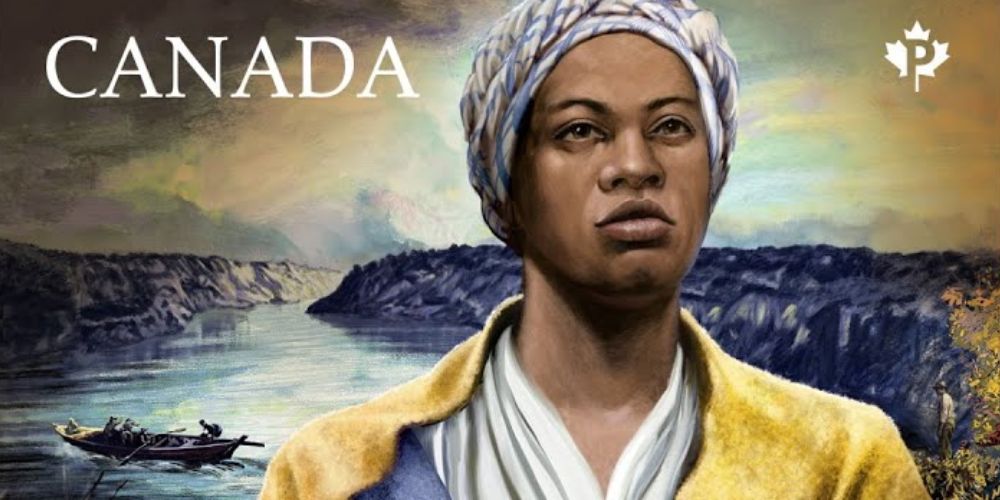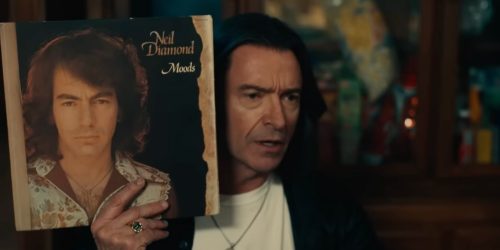Chloe Cooley: Her Strength Helped End Slavery In Canada

Chloe Cooley was an enslaved Black woman whose resistance sparked a movement to abolish slavery in what is now Canada. Her story is a testament to the strength and resilience of Black women, and to the power of collective action in the fight for justice.
A Brief History Of Chloe Cooley
Chloe Cooley was an enslaved Black woman. She was originally enslaved by a man named Benjamin Hardison from Bertie Township, now Fort Erie. It was believed that she was forced to relocate to Bertie Township after the American Revolution.
Hardison eventually sold Cooley to Sergeant Adam Vrooman, a United Empire Loyalist. Vrooman had been granted land in the Niagara region of Upper Canada by the British government. It was a reward for his loyalty during the American Revolution.
Cooley would have worked as a domestic servant for Vrooman and his family, doing household chores and caring for their children. She was also forced to work on Vrooman's farm, harvesting crops and tending to animals. While working for Vrooman, Cooley would rebel against her owner in any way she could. She refused work and would leave the property for short times without permission.
Chloe Cooley Excelerates A Movement To End Slavery
In the early 1790s, rumours of abolition began to spread around the Niagara region. Fearing the rumours were true, colonists began selling their slaves to avoid any financial losses.
On March 14, 1793, Cooley was forcibly removed from her home by Vrooman, his brother Isaac and a son of United Empire Loyalist McGregory Van Every. Vrooman and his men bound her and put her in a boat to be transported across the river and sold in New York State. Cooley resisted fiercely, but couldn’t free herself. However, her cries were heard by bystanders, including Peter Martin, a free Black man.
Peter Martin reported the incident to Lieutenant Governor John Graves Simcoe and members of the Executive Council. He was accompanied by a white labourer of Vrooman named William Grisley. Grisly had been on the boat that transported Cooley. While he did not assist in restraining her, he was able to share a detailed account of what had happened. He was provided information on another Black person who had experienced a similar fate and shared that other enslavers planned to sell their slaves as well.
Prior to these events, Simcoe had already started working on legislation to abolish slavery. When he heard the events of March 14, he and Attorney General John White decided enough was enough. It was time to end the violent removal of slaves from Upper Canada.
RELATED: Learn more about local Black History Month events, programming, and initiatives …
Charges Filed Against Vrooman
White filed charges against Vrooman in the Court of Quarter Sessions held at Newark soon after. Vrooman petitioned the charges on April 18, 1973.
In his response he said he had “been informed that an information had been lodged against him to the Attorney General relative to his proceedings in his Sale of said Negroe Woman; your Petitioner had received no information concerning the freedom of Slaves in this Province, except a report which prevailed among themselves, and if he has transgressed against the Laws of his Country by disposing of Property (which from the legality of the purchase from Benjamin Hardison) he naturally supposed to be his own, it was done without knowledge of any Law being in force to the contrary.”
The charges were dropped as Cooley, like other enslaved Black people, was considered personal property with no rights of their own. However, Cooley’s story and the proceeding case garnered a lot of public attention, providing Simcoe with important political capital.
John Graves Simcoe Pushes To End Slavery
Two months later, Simcoe and White introduced legislation that would abolish slavery in Upper Canada. Unfortunately, there was opposition. Many officials and politicians had slaves themselves or were descended from slave owners. White and Simcoe amended the bill as a compromise and it was passed.
On July 9, 1793, the bill received Royal Assent. The Act To Prevent The Further Introduction Of Slaves And To Limit The Term Of Contracts For Servitude (known as the Act to Limit Slavery in Upper Canada), did not free enslaved people. In fact, it validated the institution of slavery. What it prevented was the import of slaves into Upper Canada. Slaves who were already in the province could still be sold within Upper Canada and into the States. The Act also laid out the responsibilities of enslavers following manumission and encouraged the hiring of former slaves as indentured servants.
While the Act did not free slaves outright, it did lay the groundwork for abolition years later. It also set the stage for the Underground Railroad.
Chloe Cooley was successfully sold in the United States and little is known of what happened to her after the events of March 14. But her resistance, along with the subsequent abolition of slavery in Upper Canada, were important milestones in the fight against slavery in North America.
Featured Image – Source: Canada Post; image resized and cropped
Beat FOMO by being in the know!
Sign up for our newsletter today and never miss a beat.





